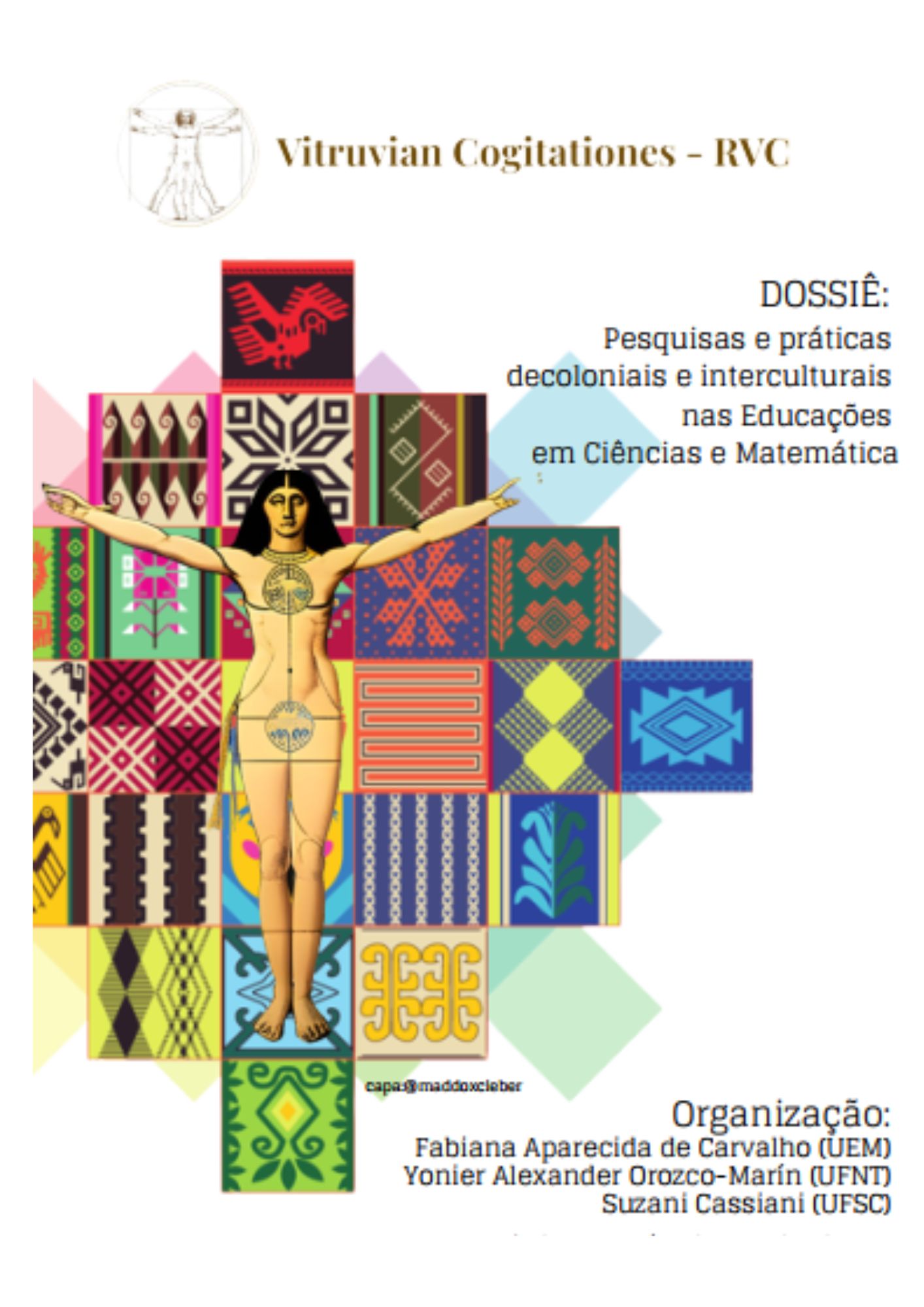Aspectos de visualização de ambientes natural e social para os processos de desenho livre na Educação Matemática de crianças em Timor-Leste
DOI:
https://doi.org/10.4025/rvc.e024014Palavras-chave:
Linguagem nos Ambientes de Aprendizagem, Desenvolvimento Cognitivo e Psicomotor, Educação Pré-Escolar, Timor-LesteResumo
Este artigo tem por objetivo identificar as potencialidades de aspectos de visualização para os processos de desenho livre no desenvolvimento de habilidades cognitivas de crianças da educação pré-escolar da comunidade de Canossa em Timor-Leste. As discussões foram baseadas nas concepções de Castro e Rodrigues (2008) sobre sentido de número; de Raquel Reis (2003) sobre educação pela arte e de Vygotsky (1998) sobre pensamento e linguagem. Uma turma de trinta e seis crianças, foram selecionadas intencionalmente oito delas para serem sujeitos desta pesquisa. Ao observar os arredores da escola, as crianças expressaram as suas percepções acerca do ambiente circundante í sua escola por meio do desenho livre. Os processos de observação realizados pelas crianças no ambiente natural e social tiveram como instrumento pedagógico o desenho livre, despertaram a curiosidade, o interesse e a motivação das crianças da educação pré-escolar a desenvolver as suas habilidades básicas de conhecer, identificar, pintar, memorizar, contar, e distinguir as diferenças e semelhanças. Estas habilidades são essenciais para o desenvolvimento do raciocínio abstrato, preparando as crianças para o ingresso no primeiro ano do Ensino Básico.
Downloads
Referências
BONAMINO, A.; ALVES, F.; FRANCO, C. Os efeitos das diferentes formas de capital no desempenho escolar: um estudo í luz de Bourdieu e de Coleman. Revista Brasilleira de Educação, Rio de Janeiro, v. 15, n. 45, p. 487-594, 2010. https://doi.org/10.1590/S1413-24782010000300007
BOURDIEU, P. O poder simbólico. Rio de Janeiro: Bertrand Brasil, 1989.
CASTRO, J. P.; RODRIGUES, M. Sentido de número e organização de dados: textos de apoio para educadores de Infância. Lisboa: Ministério da Educação, 2008.
ESTANQUEIRO, A. Boas práticas na Educação: o papel dos professores. Lisboa: Editorial Presença, 2010.
FREIRE, P. Pedagogia da autonomia: saberes necessários í prática educativa. 53. ed. Rio de Janeiro: Paz e Terra, 2016.
REIS, R. Educação pela Arte. 70. ed. Lisboa: Universidade Aberta, 2003.
SACRISTÍN, J. G. O currículo: os conteúdos do ensino ou uma análise prática? In: SACRISTÍN, J. G.; GOMES, A. P. Compreender e transformar o ensino. 4. ed. São Paulo: Artmed, 1998. p. 120-148.
THIRY-CHERQUES, H. R. Pierre Bourdieu: a teoria na prática. Revista de Administração Pública, Rio de Janeiro, v. 4, n. 1, p. 27-55, 2006. https://doi.org/10.1590/S0034-76122006000100003
VARELA, G.; CYRINO, M. C. Organização de arecas na formação de professores no Timor-Leste: conhecimentos matemáticos pautados em prática de etnomatemática. Revista Cocar, Belém, v. 13 n. 27, p. 423-450, 2019. Disponível em: https://periodicos.uepa.br/index.php/cocar/article/view/2846. Acesso em: 22 maio 2022.
VYGOTSKY, L. S. Pensamento e linguagem. 2 ed. São Paulo: Martins Fontes, 1998.
MICAELA DA COSTA XIMENES, M. C. A utilização do desenho livre no desenvolvimento de habilidades de escrita e leitura de números e alfabetos das crianças da educaçâo pré-escolar stª madelena de canossa. 2019. Trabalho (Conclusão de Curso Graduação em Formação de professores do ensino básico) - Universidade Nacional Timor Lorosa'e, Díli, 2019.














